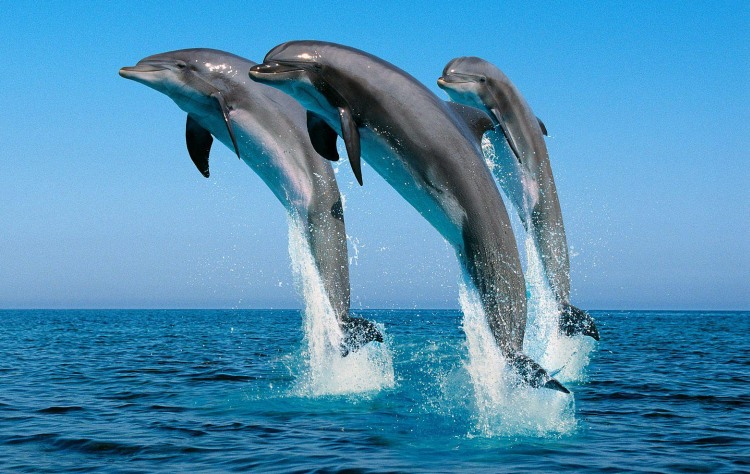
Here we have compiled the list of other probable questions which may appear this year related to marine animals,including the previous year questions related animals.
1.Indian River Dolphin
The South Asian river dolphin is split into two subspecies Ganges river dolphin and Indus river dolphin, primarily found in the Ganges and Brahmaputra Rivers and their tributaries. Ganges river dolphins are the National Aquatic animal of India and are native to the freshwater river systems of India.

A question on dolphins has been asked in 2015 upsc prelims.
2.Gharials

The gharial (Gavialis gangeticus), also known as the gavial, and fish-eating crocodile is a crocodilian in the family Gavialidae, and is native to the northern part of the Indian subcontinent. The global wild gharial population is estimated at fewer than 235 individuals, which are threatened by loss of riverine habitat, depletion of fish resources, and entanglement in fishing nets. As the population has declined drastically since the 1930s, the gharial is listed as Critically Endangered on the IUCN Red List. It once inhabited all the major river systems of the Indian subcontinent, from the Indus River in the west to the Irrawaddy River in the east.
Major Habitat- Chambal river in National Chambal Sanctuary
In 2017 a question on habitat of gharials was asked in UPSC Prelims.
3.Dugong
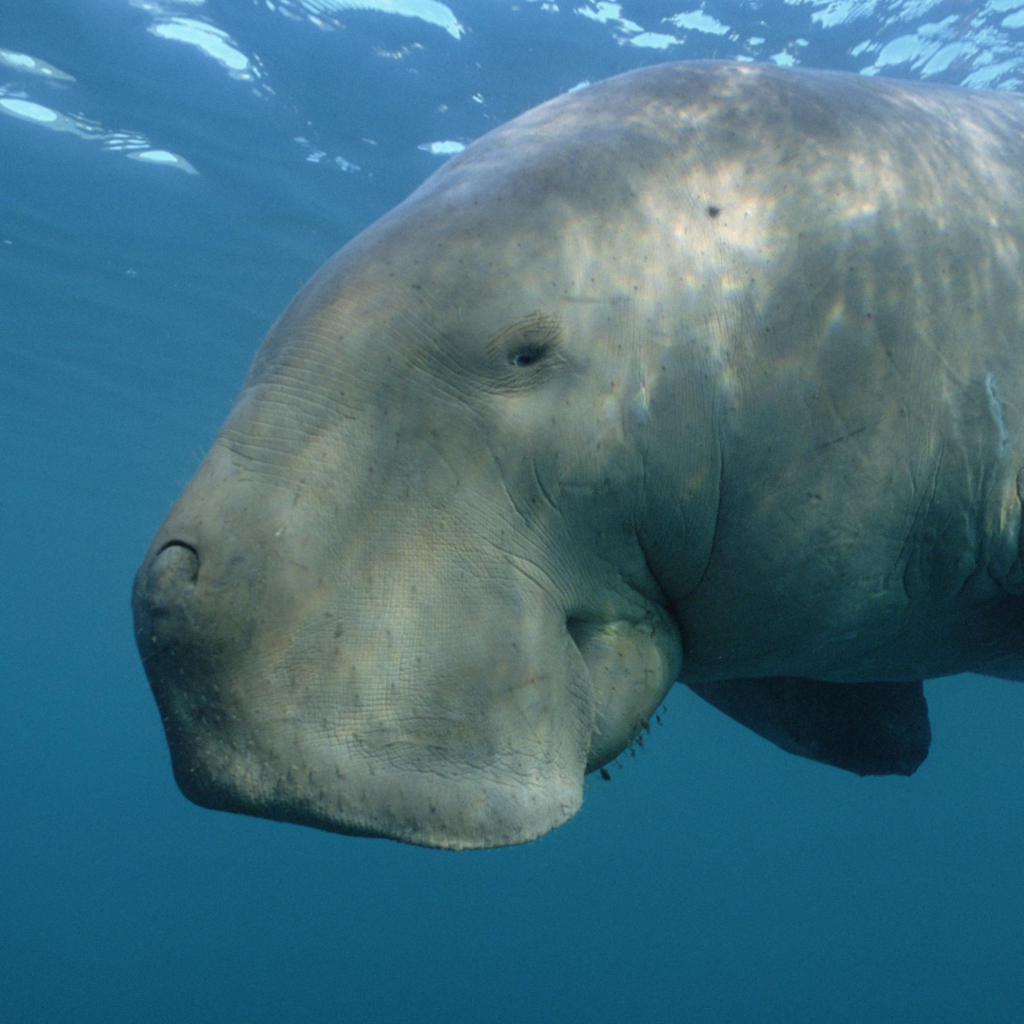
S
The Dugong is large grey herbivorous mammal which spend their entire lives in the sea. Marine National Park of Gulf of Kutch is an isolated breeding ground in India along with in the Andaman and Nicobar Islands and is the state animal of Andaman territory.
A question on Dugong has already been asked by UPSC in prelims 2013-14.
4. Kharai Camels or Swimming Camels

Kharai Camel or Swimming Camels are found only in Gujarat’s Bhuj area. It has been recently recognized as a separate breed (one among nine such breeds found in India) of camel for better conservation. This camel is adapted to the extreme climate of Ran of Kachh where shallow seas and high salinity is prevalent. Kharai Camel can live in both coastal and dry ecosystems. It grazes on saline / mangrove trees and is tolerant to high saline water. It can swim up to three kilometers into the sea in search of mangroves, their primary food. The camel is distinct from other camels because of its rounded back, long and thin legs and small feet.
If you are interested to read in detail about Kharai Camels pls check the link given below-
A question on Kharai Camels has been asked in UPSC prelims 2016.
5.Ganges Shark

The Ganges sharks is a critically endangered species of Shark found in the Ganges River and the Brahmaputra River of India. Ganges Shark and common bull shark are freshwater river systems requiem shark commonly found worldwide in warm, shallow waters along coasts and in rivers.
6. Mugger Crocodile

The mugger crocodile is one of the 3 Crocodilians found in India, the others being the Gharial and the saltwater crocodile. Mugger crocodiles are another river monster found throughout the Indian subcontinent along with the saltwater crocodile, Bhitarkanika mangrove forest is the world’s largest salt water crocodile home.
7.Tortoise

The Indian star tortoise is one of the species of tortoise found in the river forest of India, being others are Olive Ridley Turtles,Indian Flapshell Turtle and Indian Black Turtle. Olive ridley sea turtles are a medium-sized species of sea turtle primarily found in the Indian Oceans.
8.Smooth Coated Otter
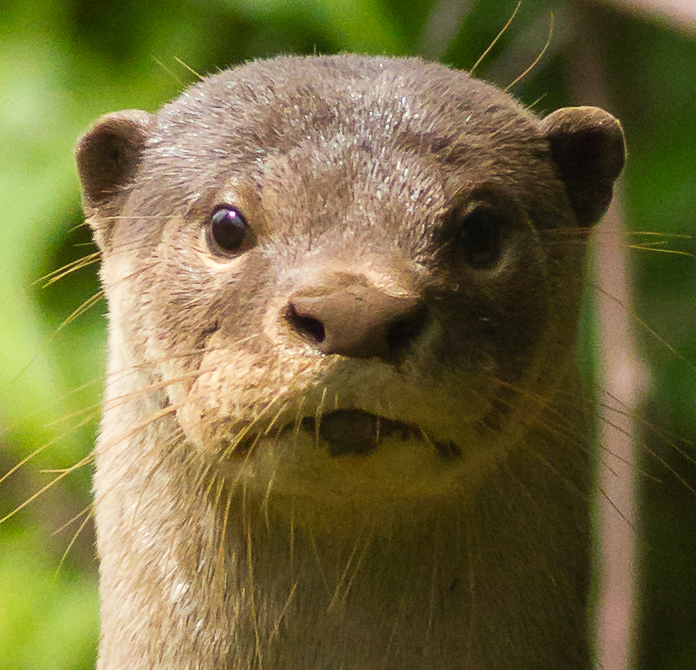
The smooth-coated otter species is found in fresh water,wetlands and seasonal swamps, rivers, lakes, and rice paddies of the Indian Subcontinent. Smooth-coated otter was featured on the BBC documentary called Planet Earth entitled as Fresh Water predator.
9.Goonch Catfish

The Goonch catfish is distributed in the Indus drainage in India and known as one of the river monster of Indian Sub-Continent. Kali River Goonch attacks were a series of fatal attacks on human and captured by Jeremy Wade on the Animal Planet series River Monsters. Image Source: River-monsters/wiki/Goonch_Catfish
10.Coral Reef Snakes/Sea Snakes

The coral reef snakes are found in warm coastal waters from the Indian Ocean and one of the venomous elapid snakes that inhabit marine environments. Stokes’ sea snake found in coastal areas from west India.
11.Indian Mottled Eel

The Indian mottled eel is a subspecies of eel found throughout the Indian subcontinent and valued as a food fish. Anguilla bengalensis lives in fresh waters along with Mahseer and Goonch.
12.Golden Mahseer
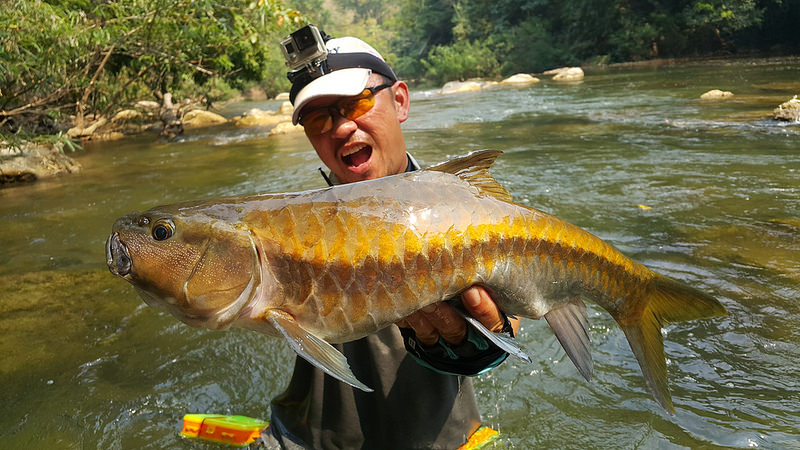
The golden mahseer is an endangered species of cyprinid found in the Himalayan region and the largest species of mahseer. Golden Mahseer is India’s fabulous freshwater fish and Himalayan rivers are indeed the perfect place for river monsters in India.
13. Sharpnose Stingray
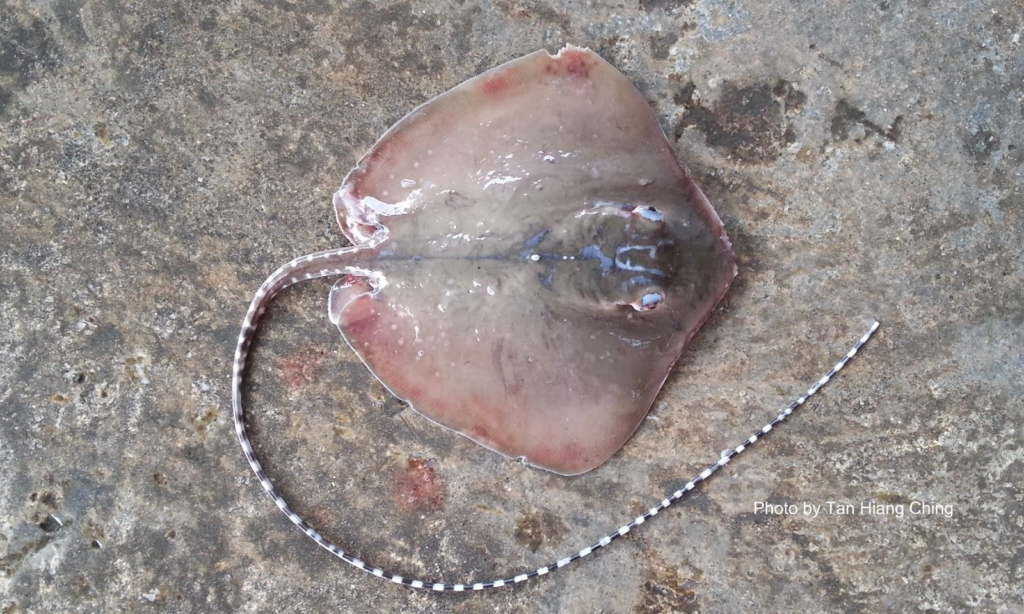
The sharpnose stingray is a little known species of stingray found in the Indian Oceans and most commonly found over sandy areas of Ganjam in Odisha,in the Ganges River. Indian Ocean and Pacific Ocean range of the stingray extends from the Indian subcontinent.
14.Giant Guitarfish

The giant guitarfish is largest species in the skate order and believed to range throughout a large part of the Indo-Pacific ocean. Giant guitarfish feeds on bivalves, crabs, lobsters, squid and small fish.
15. Olive Ridley Turtle

The Olive ridley turtles are the smallest and most abundant of all sea turtles found in the world, inhabiting warm waters of the Pacific, Atlantic and Indian oceans. These turtles, along with their cousin the Kemps ridley turtle, are best known for their unique mass nesting called Arribada, where thousands of females come together on the same beach to lay eggs. Though found in abundance, their numbers have been declining over the past few years, and the species is recognized as Vulnerable by the IUCN Red list.The coast of Orissa in India is the largest mass nesting site for the Olive-ridley, followed by the coasts of Mexico and Costa Rica.
To reduce accidental killing in India, the Orissa government has made it mandatory for trawls to use Turtle Excluder Devices (TEDs), a net specially designed with an exit cover which allows the turtles to escape while retaining the catch.
Nesting Sites in India-
1-Rushikulya rookery coast in the Ganjam district of Odisha .
2- Gahirmatha beach– Odisha
3.Mouth of Debi river– Odisha.
So,all 3 nesting sites in India are in Odisha along the Bay of Bengal.
Nesting Period-end of February generally.
16.Salt Water Crocodiles

Saltwater Crocodiles are the largest species of crocodilians family and largest of all living reptiles in the world. The apex predator found in saline and brackish mangrove swamp forest of Bhitarkanika and Sunderbans.
17.Humpback dolphins

-They were spotted near the Mumbai coast.
– Range: Humpback Dolphin is known to occur within the Indian Ocean from South Africa to India.
– Habitat: Species are among the most adaptive ones due to their habitat preference for shallow waters places them in some of the world’s most intensively utilised, fished, shipped, modified and polluted waters.
– IUCN status: Endangered.
– WPA Protection: Schedule I of the Wildlife Protection Act, 1972.


